[Désolé de la qualité du scan. En 1999, on n’avait que des toasters.]
🇨🇭Ich bitte alle, die ihrem Land gedient haben, DAS positive Foto während ihres Dienstes zu posten. Nur ein Foto. Kopieren Sie den Text und posten Sie das Foto.

[Désolé de la qualité du scan. En 1999, on n’avait que des toasters.]
🇨🇭Ich bitte alle, die ihrem Land gedient haben, DAS positive Foto während ihres Dienstes zu posten. Nur ein Foto. Kopieren Sie den Text und posten Sie das Foto.
![[RAMAGE] – Dr Bruno Lezzi at the GCSP [RAMAGE] – Dr Bruno Lezzi at the GCSP](https://christianbuehlmann.com/wp-content/uploads/2023/05/2023_04_28_Book_Launch_Bruno_Lezzi-12-900x600.jpg)

Avant sa lecture d’auteur, Bruno Lezzi, accompagné de son épouse Adrienne Lezzi-Hafter, ont visité le GCSP en ma compagnie.
28 April 2023 12h00 – 14h00
Zwischen Militär, Journalismus und Politik
Internationale Perspektiven
Bruno Lezzi – Autorenlesung
The conference is held in German and is exclusively on-site at the Geneva Centre for Security Policy.
- Light snacks following the event
The dramatic changes in world politics call for a renewed approach to security policy. It is difficult to find tangible solutions without knowledge of how the situation developed during the Cold War and after the strategic shift in the early 1990s.
Bruno Lezzi, a security and defence policy specialist, recalls essential milestones in this history in his latest book Von Feld zu Feld – Ein Leben zwischen Armee, Journalismus und Politik. He presents an unvarnished analysis based on his experiences as editor of the NZZ, lecturer for security policy at the University of Zurich and colonel (general staff) in the Swiss Armed Forces.
His visits to hot spots during the wars in the Balkans, Chechnya and Afghanistan have enabled him to draw concise portraits of the descriptions of these decades of tension.
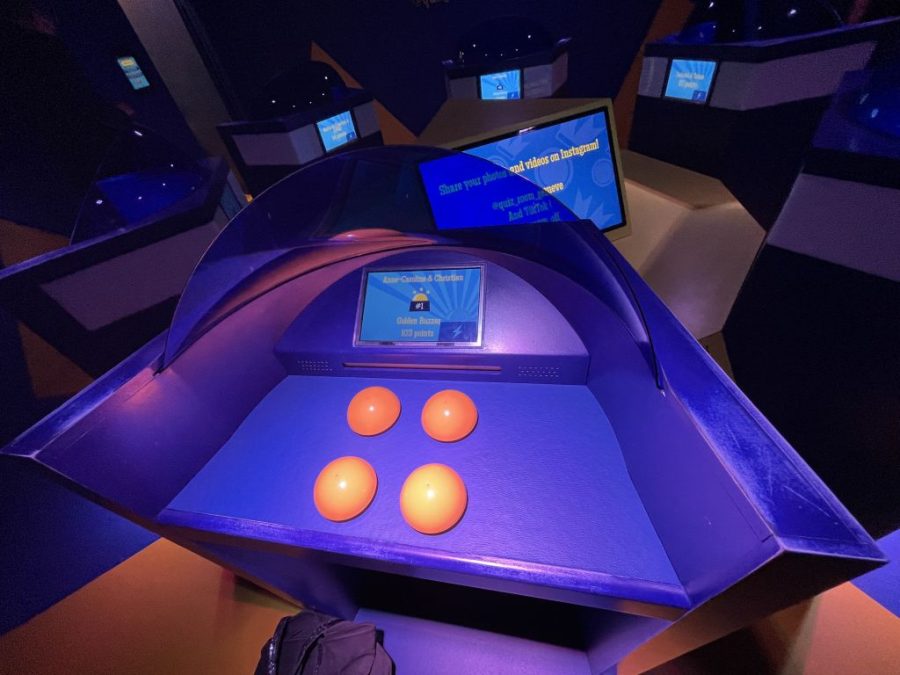
Very funny team building evening at the Quiz Room Geneva. My colleague Anne-Caroline and myself won the « golden buzzer ».

![[Note] – Traduction du terme « Gewehrgriff » [Note] – Traduction du terme « Gewehrgriff »](https://christianbuehlmann.com/wp-content/uploads/2023/04/OMAS_Filarmonica_Notenfeder-900x577.jpg)
Dans l’article « Militärische Ausbildung » du HLS, écrit en allemand par Hans Senn, Laurent Auberson, traduit « Gewehrgriff » comme « maniement formel de l’arme ». Je n’ai pas trouvé de traduction dans le « TERMDAT – La banque de données terminologiques de l’administration fédérale ». La Tribune de Lausanne du 12 mars 1958 reprend en page 3 le communiqué du DMF sur l’abolition du « maniement d’arme » et parle de « mouvements de drill ».
Source de l’image : Wiktionary contributors, « fountain pen, » Wiktionary (accessed April 19, 2023).
Les cadres du renseignement doivent repostuler pour garder leur job – Mais pas leur directeur
Le Service de renseignement de la Confédération (SRC) a choisi de modifier son organisation. Mesure spectaculaire: les membres actuels de la direction se doivent de repostuler s’ils désirent conserver leur poste de travail.
Si ma mémoire est bonne, à chaque réorganisation du DDPS, les cadres ont dû repostuler. C’est, toujours sur la base de mes souvenirs, surtout le cas lorsque les structures internes changent (DMF 95, Armée XXI / Groupement défense, …). Ce n’est donc pas si spectaculaire que cela.
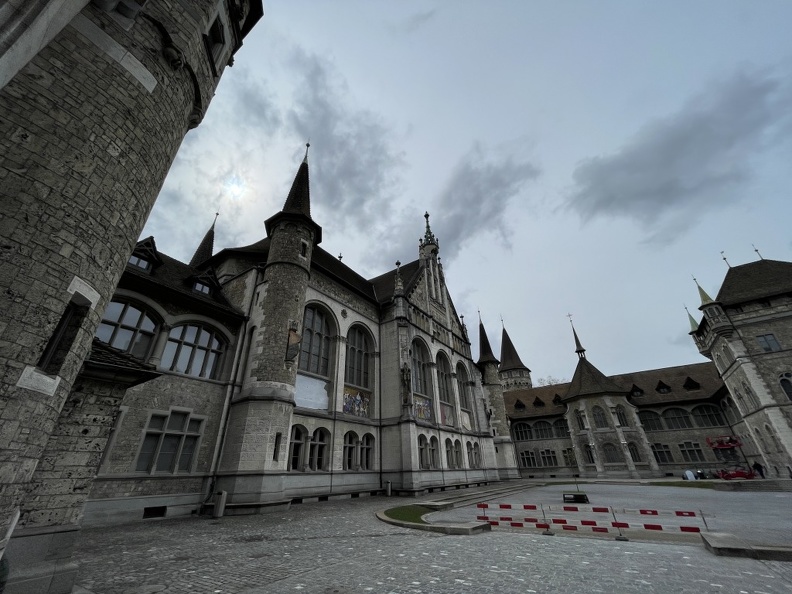
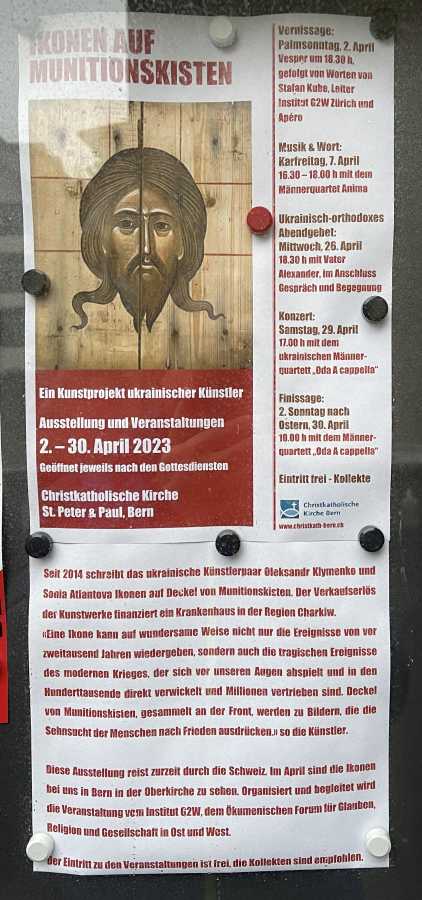
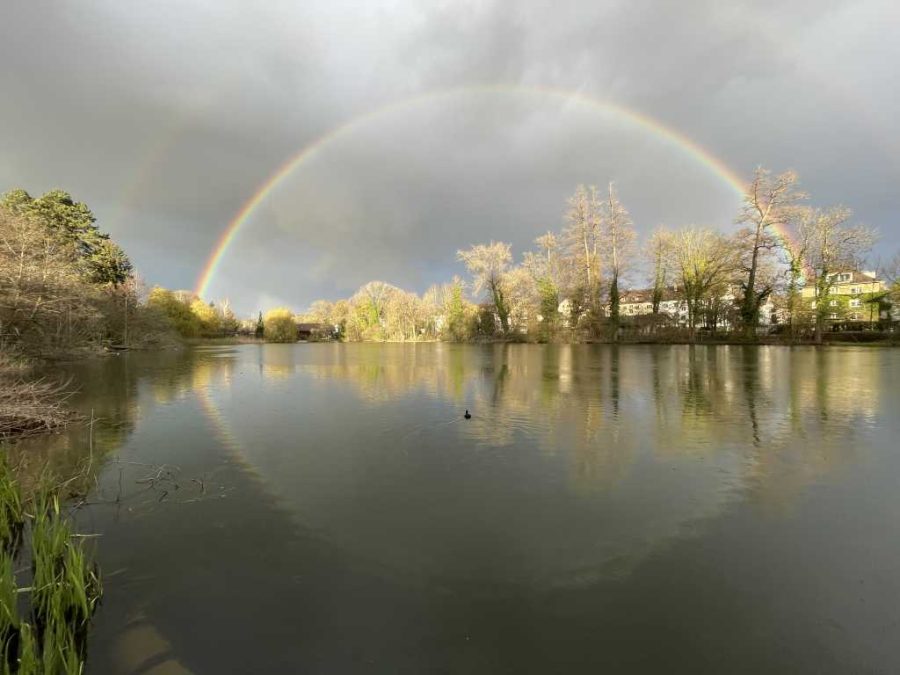

On Monday 20 March, Ambassador @ThGreminger and Col Bühlmann welcomed Brigadier General (Ret.) Rolf Wagner, German Deputy Director of the @Marshall_Center and Chairman of the Partnership for Peace Consortium to discuss a New Strategic Exercises Series.

Interview par M. Paul Véronique pour l’Express (Paywall).
La collaboration militaire de la Suisse avec ses voisins, l’Union européenne et l’OTAN dont il est question dans l’article, c’est naturellement la (re)vente de munition et d’armement. La Suisse collabore avec plusieurs partenaires, par exemple dans les domaine de la protection de l’espace aérien, de l’armement et de l’instruction. Cependant, les conséquences de la récente révision de la Loi sur le matériel de guerre et la volonté de privilégier une interprétation formelle de la neutralité pourraient s’avérer préjudiciables à la poursuite de ces partenariats.

I have presented « International Geneva » to the members of the Royal College of Defence Studies who are visiting « la cité du bout du Lac ». The participants enjoyed « the mix of entertainment and information ».
(reconstructed picture)
The GCSP @TheGCSP Yesterday, our COS Col (GS) Bühlmann & Head of Cybersecurity met with H.E. Amb Katrin Saarsalu-Layachi, Permanent Representative of the Republic of Estonia. They discussed current Cyber Security Challenges & the importance of capacity-building initiatives like the #Cyber912.Traduire le Tweet
11:59 AM · 7 mars 2023·560 vues
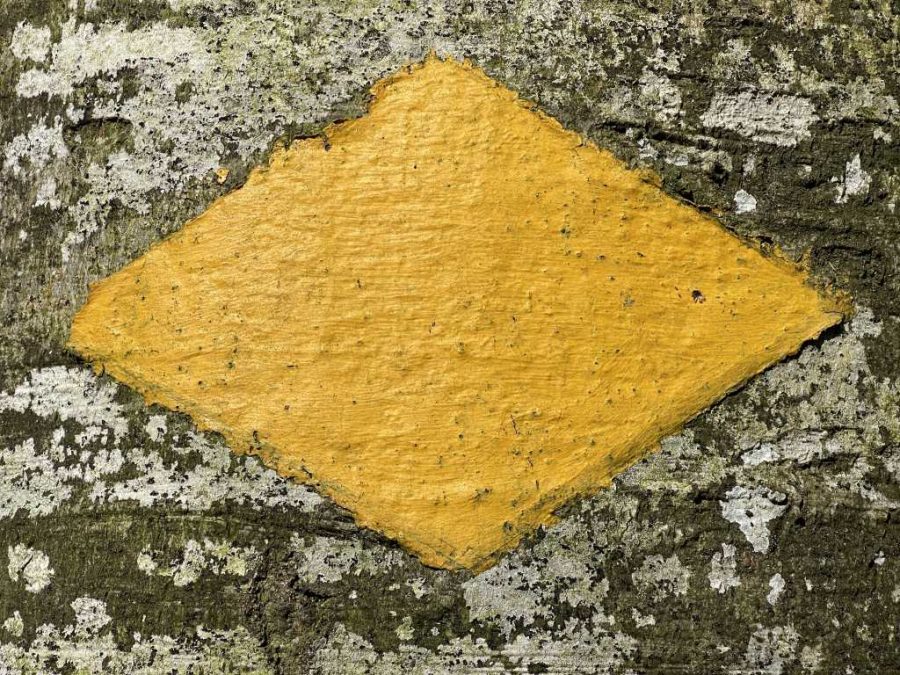

The GCSP@TheGCSP
Félicitations à notre ancien collègue et #GCSPAlumni, William Gargiullo, qui vient de compléter le #WorldMarathonChallenge! Relever des #défis et surmonter les adversités sont au cœur de ce que fait le GCSP, et William nous montre que quand on veut, on peut!
#TheGCSPWay
6:02 PM · Feb 9, 2023·434 Views
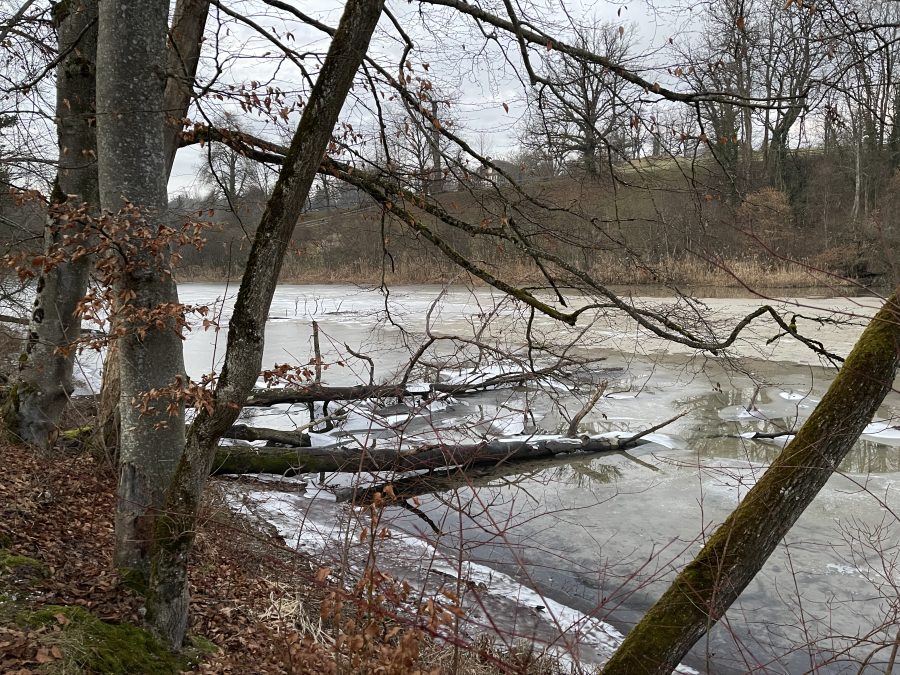
Elfenau
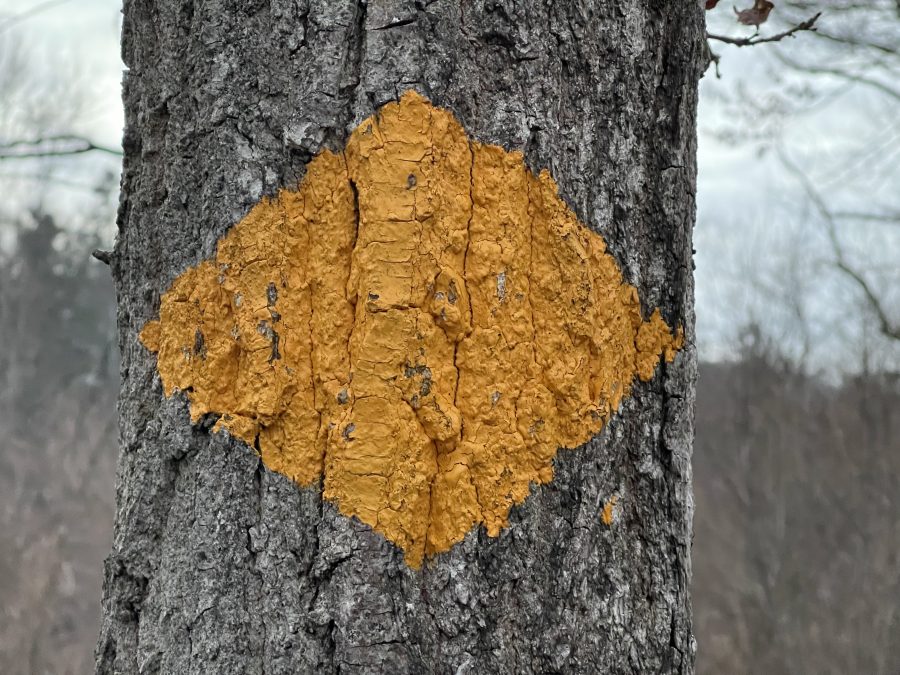
Wanderweg im Elfenaupark